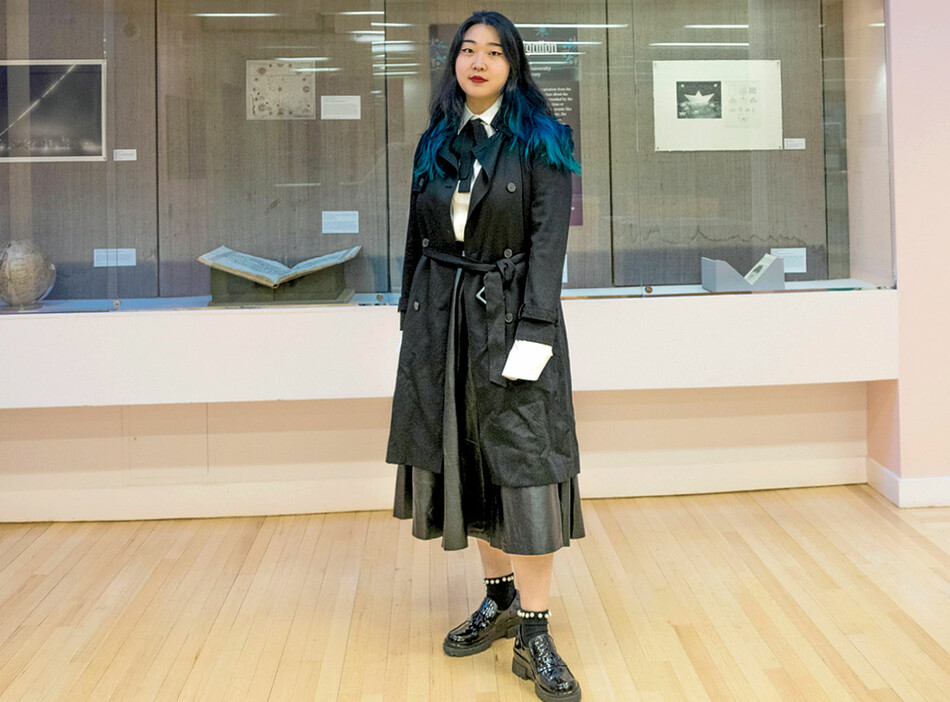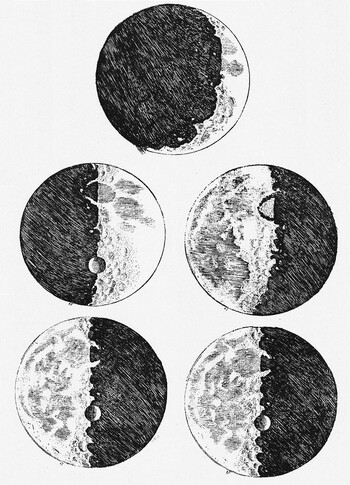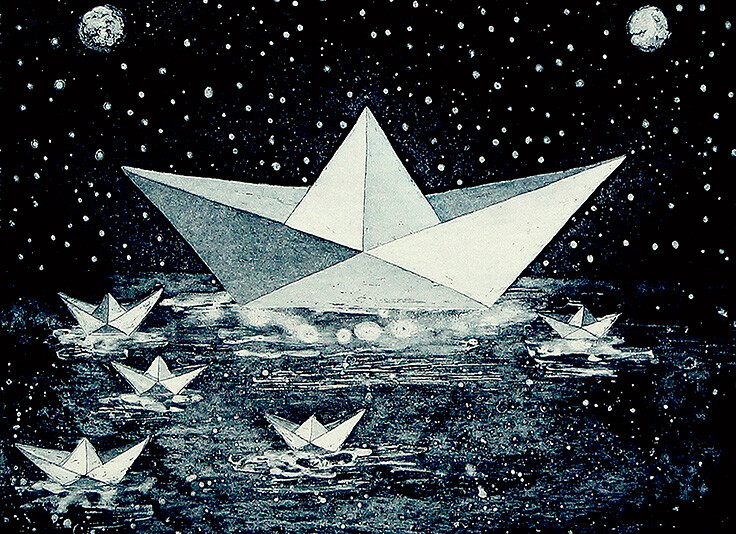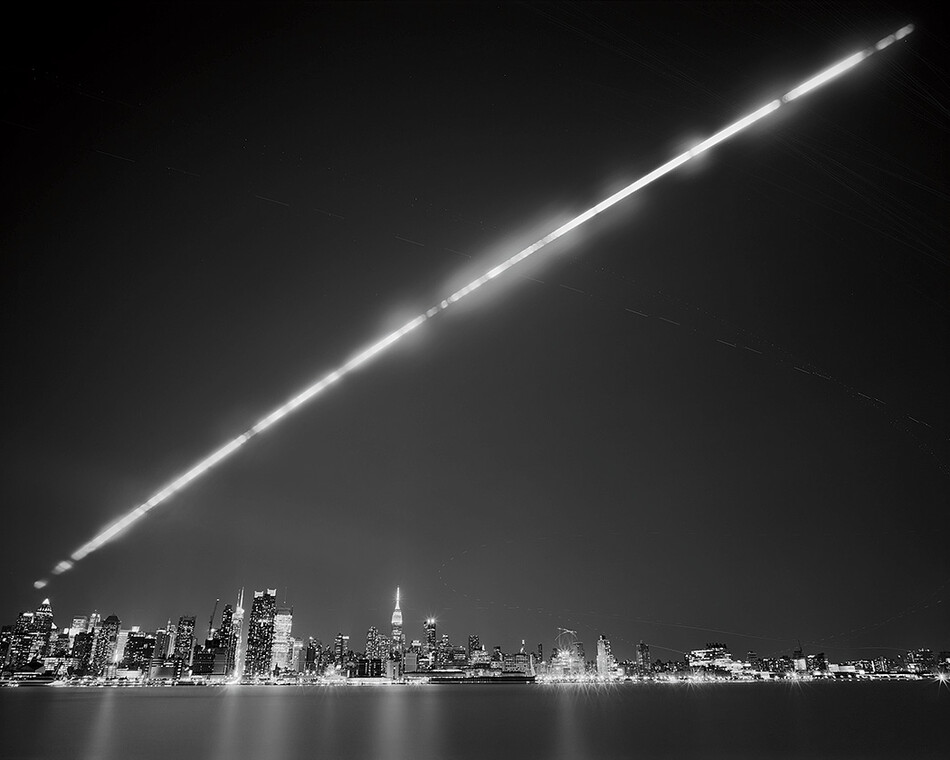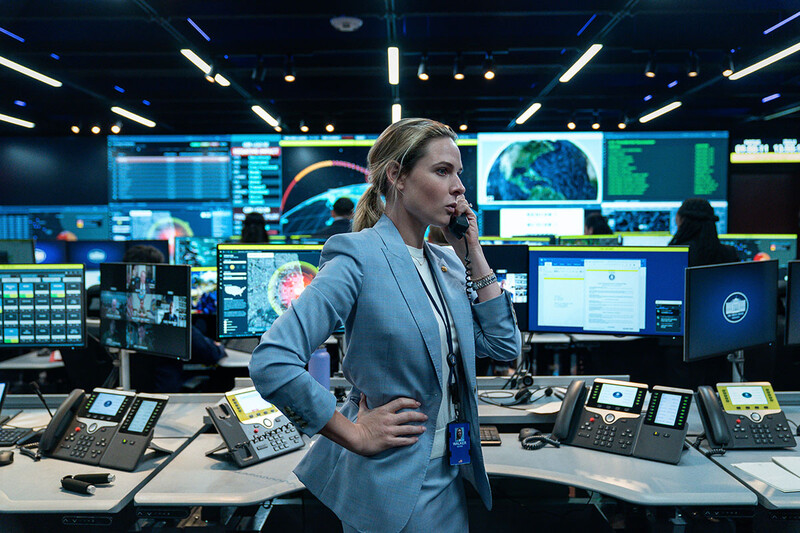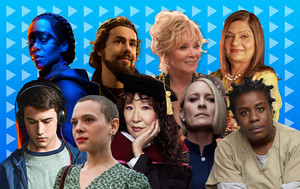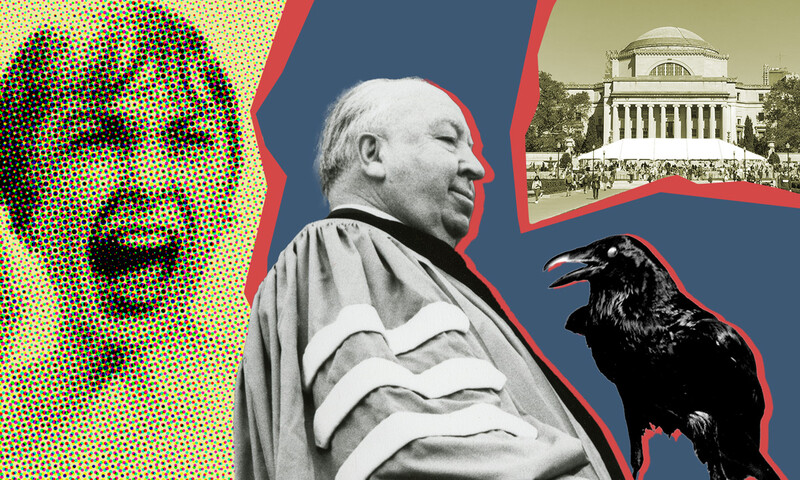As an artist, Jeannie Rhyu ’17CC always aims for the stars. Nothing inspires her more than the glittering vault of the night sky: for her, stars have been the great connectors of humanity across time and space, and she is particularly fascinated by the role these cosmic beacons have played in guiding the migration stories of humankind.
Born in Korea, Rhyu grew up in Canada and has lived in New York since her undergrad days. “I’m an immigrant myself and call many places home,” she says. “What I love about the stars is that they have no borders. They are everyone’s. They are universal.”
When Rhyu returned to campus in 2024 to pursue her MFA, she visited the Rare Book and Manuscript Library (RBML) on the sixth floor of Butler. She often uses historical artifacts as references in her work and wanted to know what sorts of astronomical materials might be hidden in the library. RBML director Courtney Chartier showed her a few of the treasures: centuries-old books by Ptolemy, Galileo, and Chaucer (the poet of The Canterbury Tales was also an astronomer); antique star charts and navigational maps; and astrolabes — devices used to calculate the position of the sun and stars — from Persia, Italy, and Japan. Rhyu was over the moon. The unity of art and science was on full display and inspired Rhyu to broaden her ambitions. “I had wanted to curate a show in the library to showcase my etching,” she says. “But when Courtney showed me these objects, I realized I needed to bring people together by including my MFA cohorts.”
She sent out an open call for artworks that related to the stars. Sixteen of her fellow students agreed to participate, contributing drawings, etchings, paintings, and photographs that Rhyu juxtaposed with RBML artifacts in an exhibit called Celestial Navigation, on view through May 26. (Anyone without a valid Columbia ID can make an appointment to see it by contacting Courtney Chartier at cc4785@columbia.edu.)
The artists’ varied interpretations of the exhibit’s celestial theme include Rhyu’s own etching Geminid Shower, showing industrial structures huddled under a night sky streaked and bursting with blazing meteors, or shooting stars. Black-and-white photographs by Akira Kawahata show dramatic arcs of light over Manhattan — long exposures of the moon’s movement across the firmament. And Grethell Rasua’s Constellations incorporates the artist’s own sunburnt skin — a few peeling strips, scanned and printed. “Our bodies are maps,” Rasua says, “and I see this work as a map.”
Only at the RBML could you find such creations mingling with a mid-1400s edition of Chaucer’s A Treatise on the Astrolabe (with drawings explaining the workings of this ingenious instrument), or an original copy of Galileo’s 1610 pamphlet Sidereus nuncius, or Starry Messenger (in which Galileo, using the new technology of the telescope, reports astonishing news of craters on the moon and satellites around Jupiter), or a sixteenth-century copy of The Book of the Constellations of the Fixed Stars, by Muslim astronomer Abd al-Rahman ibn Umar ibn Sufi, completed around 964 AD.
“What I found is that as artists, our connections to the stars are all different and unique to ourselves,” says Rhyu. “At the same time, we’re all tapping into the same energy, the same environment. That’s very special to me.”
